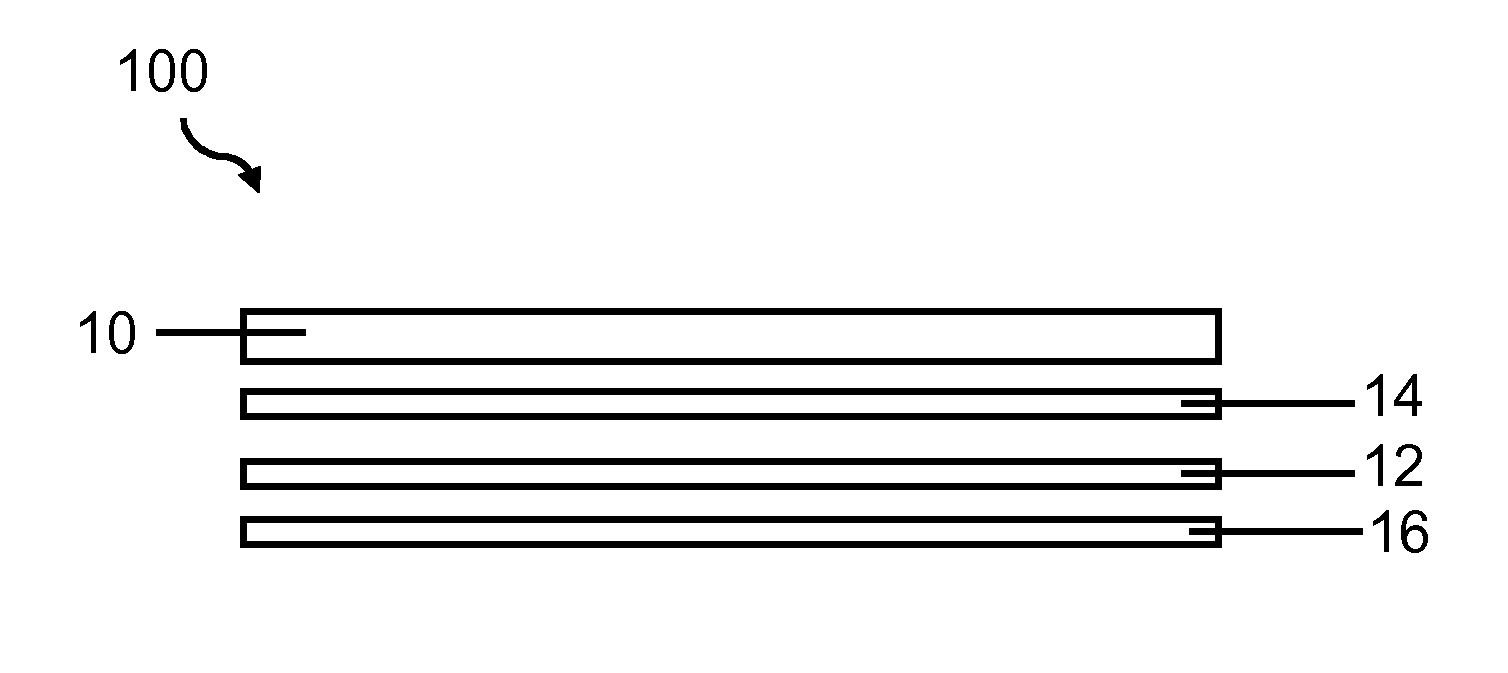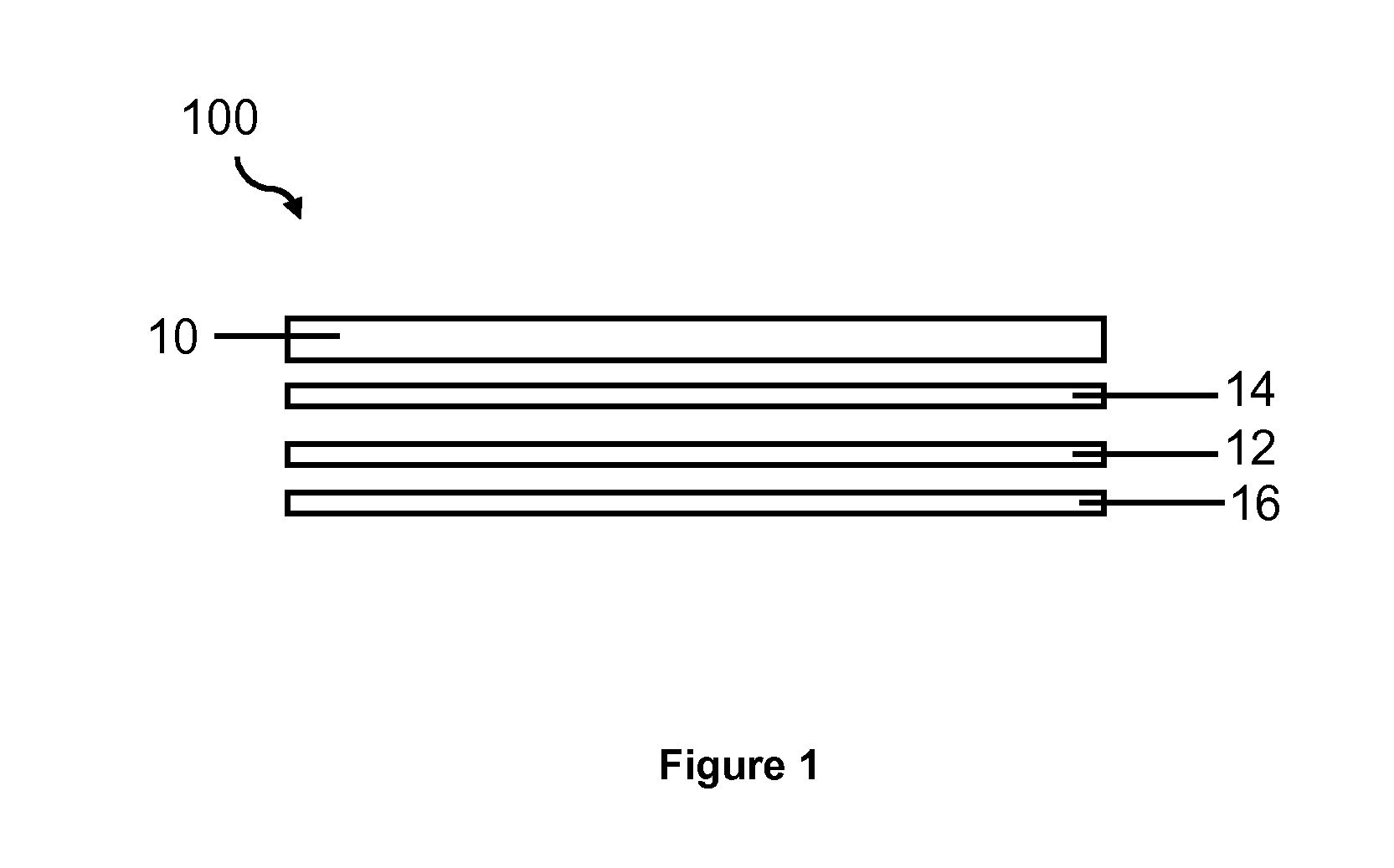Alkali-free high strain point glass
a high-strength point, glass technology, applied in the direction of layered products, chemistry apparatus and processes, synthetic resin layered products, etc., can solve the problem of deleterious module efficiency caused by contamination of cdte layer, and achieve the effect of high thermal expansion coefficien
- Summary
- Abstract
- Description
- Claims
- Application Information
AI Technical Summary
Benefits of technology
Problems solved by technology
Method used
Image
Examples
examples
[0106]Table 1, Table 2, Table 3, Table 4, Table 5, Table 6, Table 7, Table 8, Table 9, Table 10, Table 11, and Table 12 show exemplary glasses, according to embodiments of the invention. Property data for some exemplary glasses are also shown in Table 1, Table 2, Table 3, Table 4, Table 5, Table 6, Table 7, Table 8, Table 9, Table 10, Table 11, and Table 12.
[0107]In the Tables Tstr(° C.) is the strain point which is the temperature when the viscosity is equal to 1014.7 P as measured by beam bending or fiber elongation. Tann(° C.) is the annealing point which is the temperature when the viscosity is equal to 1013.18 P as measured by beam bending or fiber elongation. Ts(° C.) is the softening point which is the temperature when the viscosity is equal to 107.6 P as measured by beam bending or fiber elongation. α(10−7 / ° C.) or a(10−7 / ° C.) or CTE in the Tables is the coefficient of thermal expansion (CTE) which is the amount of dimensional change from either 0 to 300° C. or 25 to 300° C...
PUM
| Property | Measurement | Unit |
|---|---|---|
| strain point | aaaaa | aaaaa |
| thickness | aaaaa | aaaaa |
| strain point | aaaaa | aaaaa |
Abstract
Description
Claims
Application Information
 Login to View More
Login to View More - R&D
- Intellectual Property
- Life Sciences
- Materials
- Tech Scout
- Unparalleled Data Quality
- Higher Quality Content
- 60% Fewer Hallucinations
Browse by: Latest US Patents, China's latest patents, Technical Efficacy Thesaurus, Application Domain, Technology Topic, Popular Technical Reports.
© 2025 PatSnap. All rights reserved.Legal|Privacy policy|Modern Slavery Act Transparency Statement|Sitemap|About US| Contact US: help@patsnap.com


